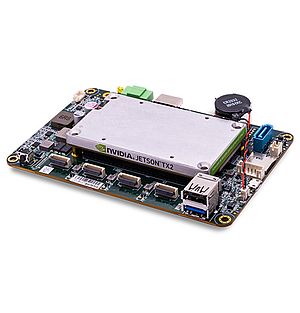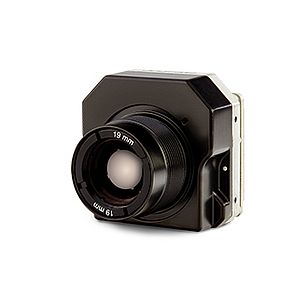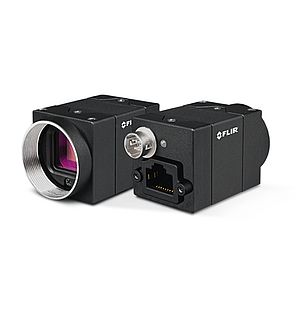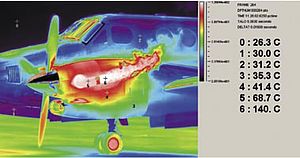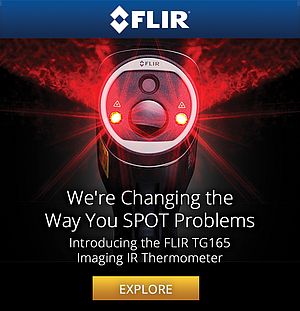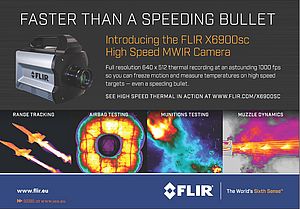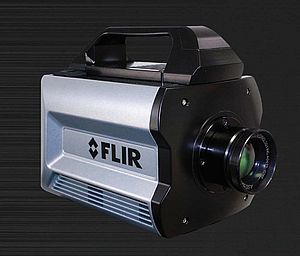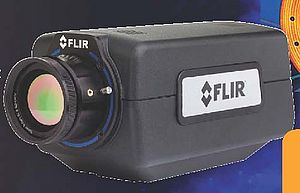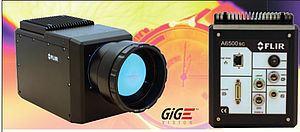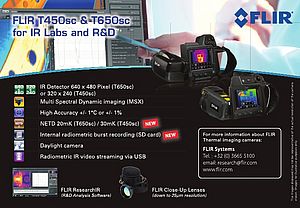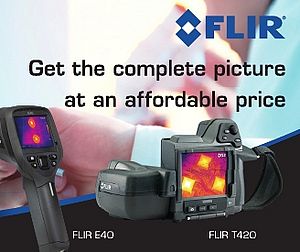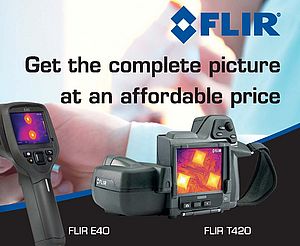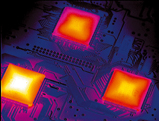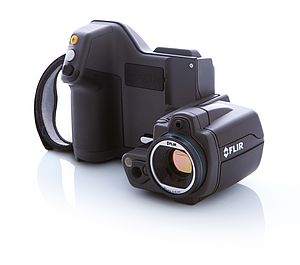An infrared camera is a very effective tool to detect people infected with a viral disease at a very early stage. Leading this technology are Flir Infrared cameras, developed in Sweden. Several major airports in Asia discovered the benefit of infrared cameras in conjunction with the outbreak of SARS a couple of years ago. They now use the infrared cameras to scan whether arriving travellers can be contaminated with the ´N1H1 virus - the correct name of the virus behind the Swine Flu. The infrared cameras used at the airports are specifically developed to detect individuals with high body temperatures in only a couple of seconds. The cameras have been developed based on experience from previous Flu outbreaks such as SARS and Bird Flu and are present in many airports in South East Asia, where the presence and threat of Bird Flu was the highest.
The camera produces infrared images or heat pictures of a person's face and detects whether the body temperature exceeds a certain value or not. The symptoms of Swine Flu are sore throat, nausea, cough and of course fever.
''The aim is to efficiently identify and differentiate individuals in good health from individuals with fever who might be contaminated with the Swine Flu. After that, further medical analyses within the Public Health care will determine whether it is Swine Flu or not'', says Arne Almerfors, Vice President Flir Thermography.
The infrared cameras are very easy to use and have proven themselves as tools that can be operated by non-specialists after a few hours of training.
''The camera needs no active monitoring as it has both colour and sound alarm functions making staff aware of any passing individuals with a body temperature exceeding a predefined value. On the camera display an infrared image of the individuals face is produced, clearly marking different temperature areasas different colours. The highest temperature spot will be automatically displayed and measured with one decimal accuracy'', says Arne Almerfors.
The infrared cameras are very sensitive devices and measure temperature differences as small as 0.08 ºC. Ideally the camera is set up at places with long queues such as passport or customs control. To achieve the correct temperature the camera should focus on the most reliable temperature spot on the body - the corner of the eyes.
Infrared cameras can play a vital role in the efforts of keeping the spread of the Swine Flu or any other viral infection under control.
Infrared cameras can be used in any environment where large numbers of people are passing or staying, such as airports, train stations, the underground or building foyers. ''An infrared camera enables a quick and accurate identification of individuals that might be infected by the virus'', says Arne Almerfors.







